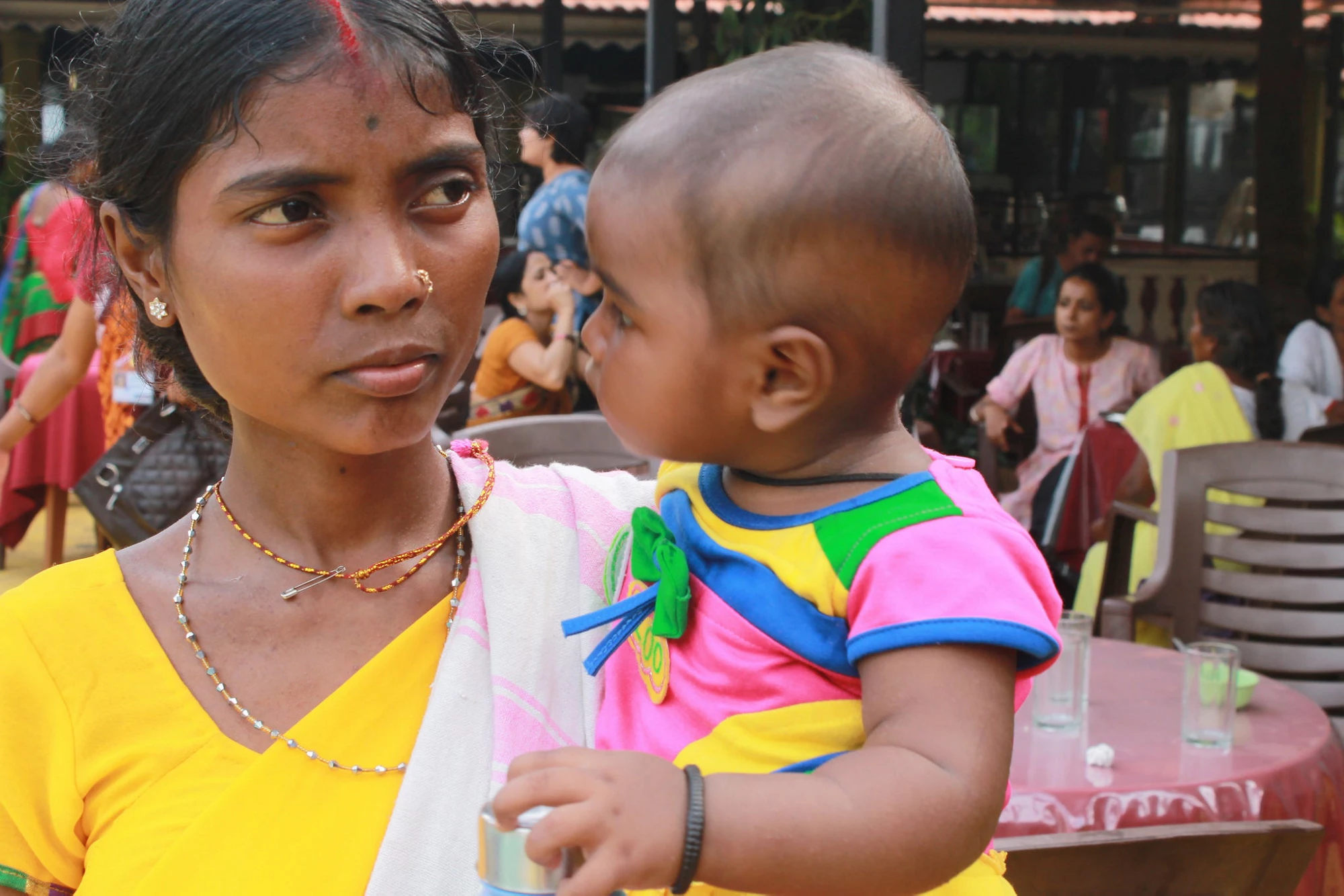
Credit: Video Volunteers
PPPs are all about balance: maintaining equilibrium between public and private, risk and reward, cost and impact. Understanding this balance is especially important in regions with extreme poverty, where access to infrastructure can mean life or death. I was reminded of this again while working on a PPP for the development and operation of a statewide network of advanced diagnostic facilities, including fully equipped and staffed radiology and pathology laboratories, in the Indian State of Jharkhand – an area characterized by a low average income, high tribal population, very high incidence of poverty, and little social development. Health and education indicators in Jharkhand are also markedly unfavorable in comparison to both the all-India average and the major Indian states.
Jharkhand’s lack of medical infrastructure was just one of the problems plaguing this remote region, but our team was inspired by a few health PPP transactions implemented successfully by IFC globally, including a relatively smaller radiology diagnostics PPP done in India in 2010. Notwithstanding past precedents, every PPP is different and requires a unique approach to identify where public and private sector solutions will bring the greatest benefit. This was especially the case in Jharkhand where the vast majority of the new advanced diagnostic centers would be based in small Tier 2 and Tier 3 towns, which currently have limited modern health facilities that provide much needed health services to a mostly rural and tribal poor population.
In Jharkhand, our charge was to develop and manage a network of advanced radiology and pathology diagnostics services under public-private partnership in all 24 district hospitals and in the three state-owned medical colleges. Our challenge was to ensure that the technical configuration and project structure aligned with the Government of Jharkhand’s overall strategic vision for augmenting health services, while ensuring it also was tailored to local conditions and requirements.
For instance, while the project was structured around direct payments by bulk of the patients within a pre-defined and well accepted pricing framework, the IFC team also integrated existing state funding schemes to ensure availability of funds in a pre-funded escrow account for reimbursement toward pre-identified poor patients to mitigate the government payment security risk normally associated with PPP transactions.
Similarly, the project allowed for flexibility for the private operator to deploy various diagnostics equipment in the district hospitals and medical colleges based on the patient load and availability of senior specialists. This flexibility allows them to put more expensive and complex facilities at the larger centers (known as hubs), which will also manage other smaller centers (known as spokes).
The obligations of the government were kept specific and limited to providing pre-specified adequate built up spaces in all the hospitals, along with the connection to power, water, and sewerage. Such measures enabled the government to approve key project-related decisions without being concerned about fund availability and reduced the payment and operational risk for the developers -- thereby increasing the viability and overall attractiveness of the project.
Because Jharkhand is such a remote area, concerns about demand came up during the course of investor marketing, and the team recognized that ensuring adequate volume of referred patients would be critical to the success of the project. To ensure this, the project not only allowed for empanelment of the proposed diagnostic labs as part of the referral labs of the state, but also integrated the existing patient referral system with the project to minimize revenue leakage. The diagnostics centers will be physically instituted within the hospital and medical college buildings or campus, allowing patients to more easily access services.
Ultimately, our IFC team help the Government of Jharkhand develop a 10-year concession with HealthMap Diagnostics Private Limited (a JV of a major Indian Health player Manipal Health and Philips) for developing and managing a network of advanced radiology diagnostics services in the entire state. The statewide Radiology PPP, which closed in November 2015, follows two similar statewide pathology concessions for two clusters in which the state was divided (each cluster includes 12 districts) that IFC also advised on. Those were successfully awarded in April and May of this year to another two leading pathology service providers, SRL Limited and Medall Healthcare. Most of the pathology centers are already operational and the remaining ones, as well as the radiology centers, should be operational within the next four or five months as per the terms of the contracts.
The newly closed PPP covers the entire population of the state, and is expected to provide access to better health diagnostics services to about 3.5 million people at affordable prices. A majority of the beneficiaries will be patients availing primary care services who will be able to get a quicker and more accurate diagnosis, resulting in better quality medical care at lower costs. In addition, the state government will cumulatively receive an annual concession fee of about $400,000, which will be used to reimburse the expenses incurred by pre-identified low income people.
The project helps in introducing the people of the state to affordable and efficient health diagnostics services managed by private sector. The private sector will be mobilizing about $12 million over the next two years for procuring advanced equipment like MRI, CT scans, Ultra sonography machines, auto analyzers, and other equipment, integrated by an advanced IT system. And importantly, much-needed qualified experts will be deputized across the state. Provision of these services is expected to significantly strengthen the public health facilities in the state and enhance the availability of modern medical care at affordable cost. The operator is required to be integrated within the training programs of the medical colleges and to provide training opportunities for paramedical and technical staff. This brings the additional benefit of providing trained staff to the state.



Join the Conversation